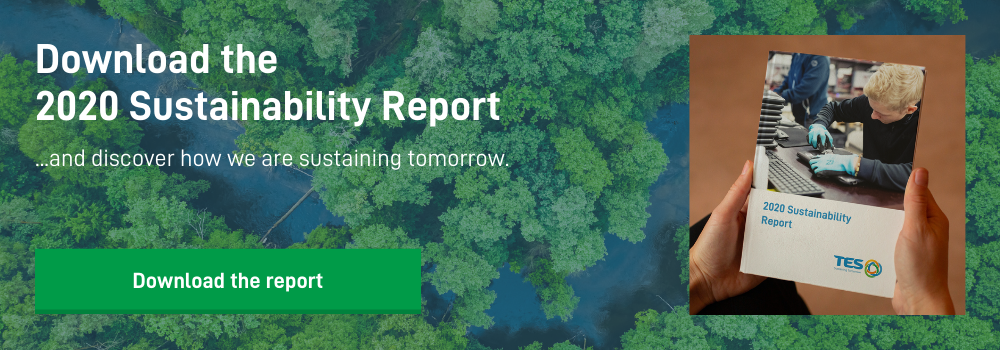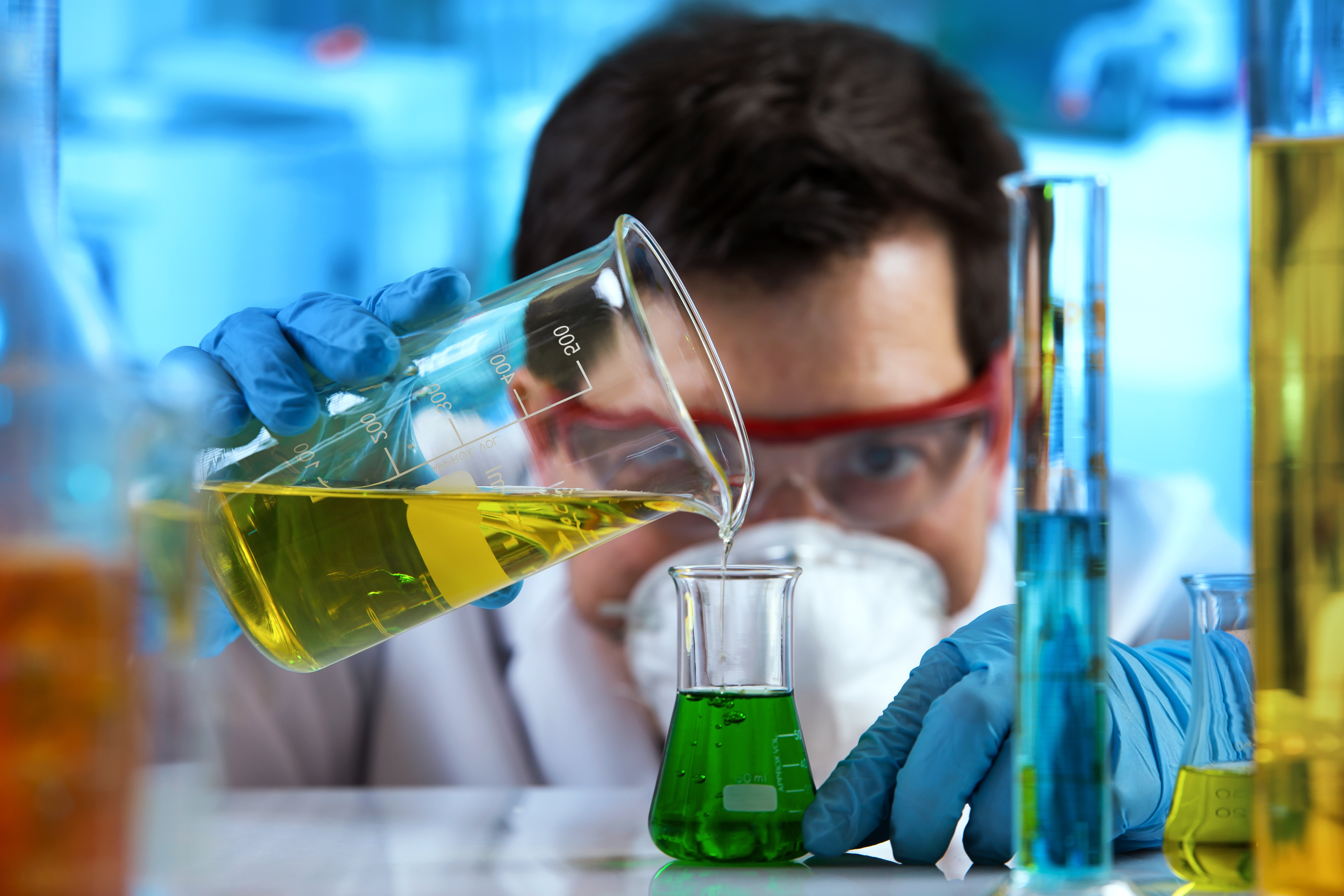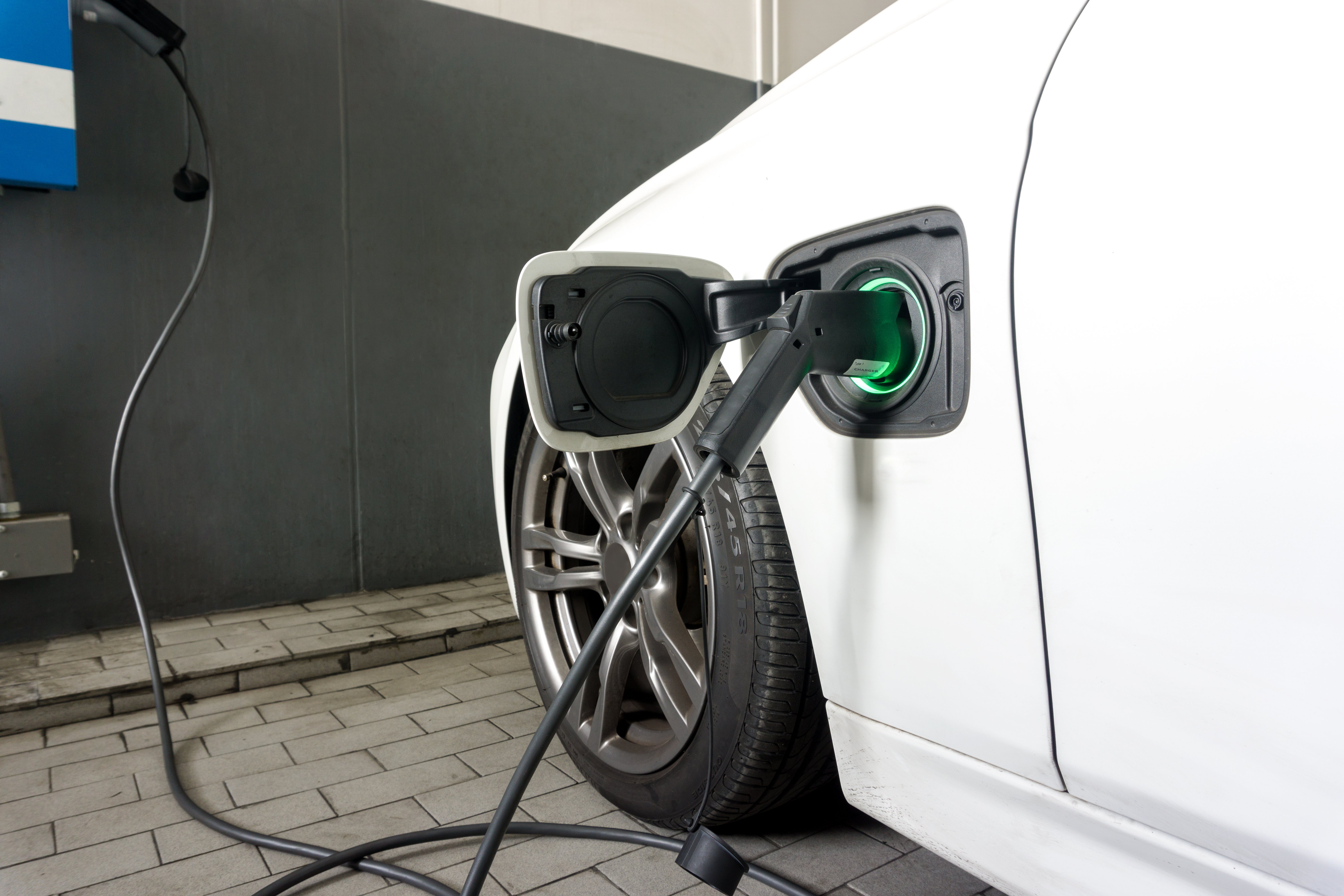At TES we understand that persistent innovation and investment is a must to meet an ever-changing landscape.
The opening of the TES B Battery Recycling facility in Singapore marks another key landmark in this endless endeavour to stay ahead in the circular economy
The increased demand for Lithium Batteries
The increase in the demand for Lithium batteries continues to be exponential, which in turn has driven the demand for the vital and scarce components found within them.
A GlobalData report has forecast the demand for lithium to rise from an estimated 47,300 tonnes in 2020 to 117,400 tonnes in 2024.
This demand is driven by Lithium-Ion battery’s compatibility with smartphones, laptops, and other information communications technology (ICT) devices.
We are also due to see an influx of electric vehicles (EVs) like never before; with macroeconomics, government policies and regulations, technology and infrastructure, EV offerings and consumer demand driving forward this move to electric.1
The environmental and societal impact of mining for lithium-ion battery components
The components which are found within Lithium-Ion batteries, such as the Lithium itself and Cobalt, are mined as virgin materials to satisfy demand. Some forecasts predict these elements will be completely exhausted within the next 100 years.
The bad news for this take-make-dispose model, doesn’t unfortunately end at solely being bad for the environment.
The Democratic Republic of Congo produces 60% of the world’s supply of cobalt2; the extraction process however has been riddled with concerns of illegal mining, human rights abuses and corruption.
Further, many geographical territories class these batteries of hazardous and their disposal is heavily governed. Rightly so, as these batteries contain hazardous metals in their electrode, and the incorrect disposal can cause damage to the environment, humans and animals.
It’s safe to say, there are hidden layers of complexity associated with the seemingly ‘green promise’ of the modern technology which enriches and connects our lives, and the electric vehicle revolution.
The business and environmental potential in properly handled lithium-ion batteries
Our innovative battery recycling process at TES B in Singapore (and our European sister facility in Grenoble, France) closes the loop on the take-make-dispose model widely used in the lithium battery manufacture and disposal chain.
TES’s proprietary, hydrometallurgy process extracts materials such as Lithium and Cobalt at unrivalled purity levels and extraction rates making them materially and commercially viable for reuse in the forward battery supply chain.
This dovetails into the core service offering we already deliver on the 3 million plus IT assets which we handle every year on behalf of our customers: there is value in aged IT assets, be it through asset resale, IT spare parts harvesting or extracting recycled material that can be reused.
280,000
Our facility in Singapore has the capacity to handle 14 tonnes of Lithium-ion batteries or the equivalent of 280,000 smart phones each day
Recovery rates. If 10kgs of batteries go into our process, we are able to capture 9kgs of usable commodity material in the recycling process
Purity of products like cobalt and lithium, standards so high they can be purified for reuse in the production of new batteries
Compared to other lithium battery recycling methods, our hydrometallurgical process saves on carbon emissions
Thomas Holberg, Global Vice President, Battery Operations
“As lithium-ion battery use rises exponentially around the globe, batteries have started to create their own ecosystem. Proper recycling and reuse of EOL lithium-ion batteries is critical to maintain the circular economy. TES sets high standards in our commitment to sustainability and with investments in innovative technology like battery recycling we are playing our part.”
References
1. https://www.mckinsey.com/industries/automotive-and-assembly/our-insights/electric-mobility-after-the-crisis-why-an-auto-slowdown-wont-hurt-ev-deman






